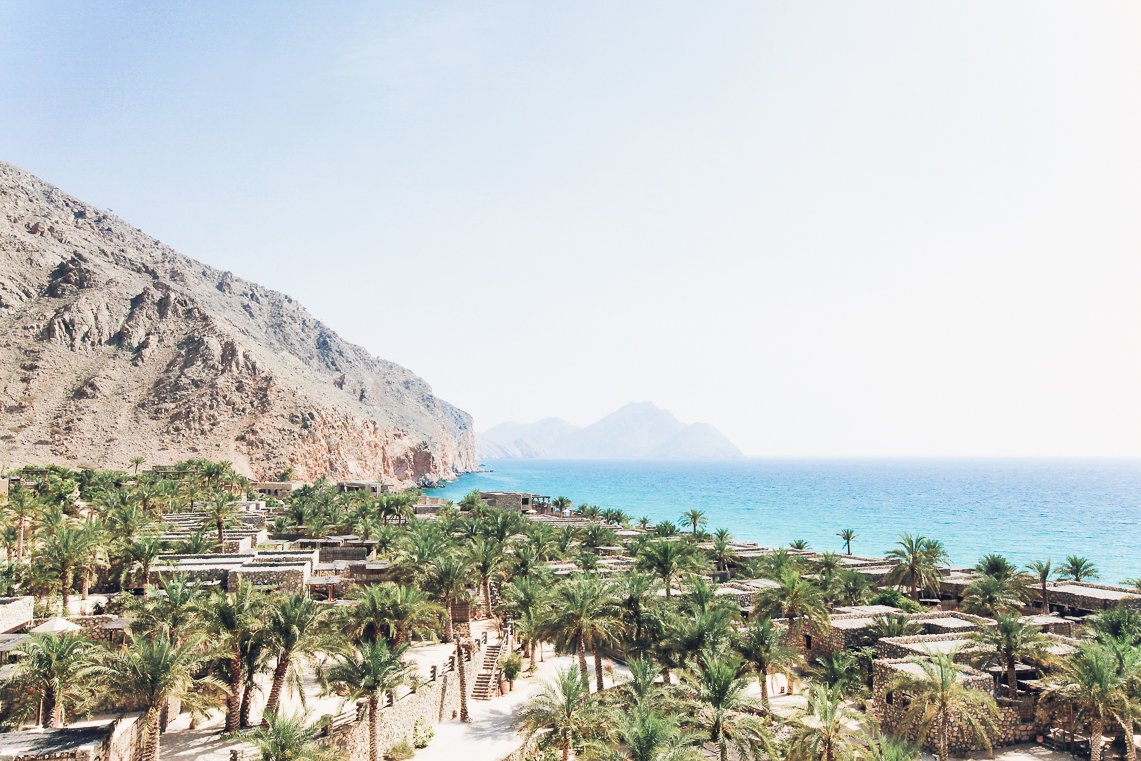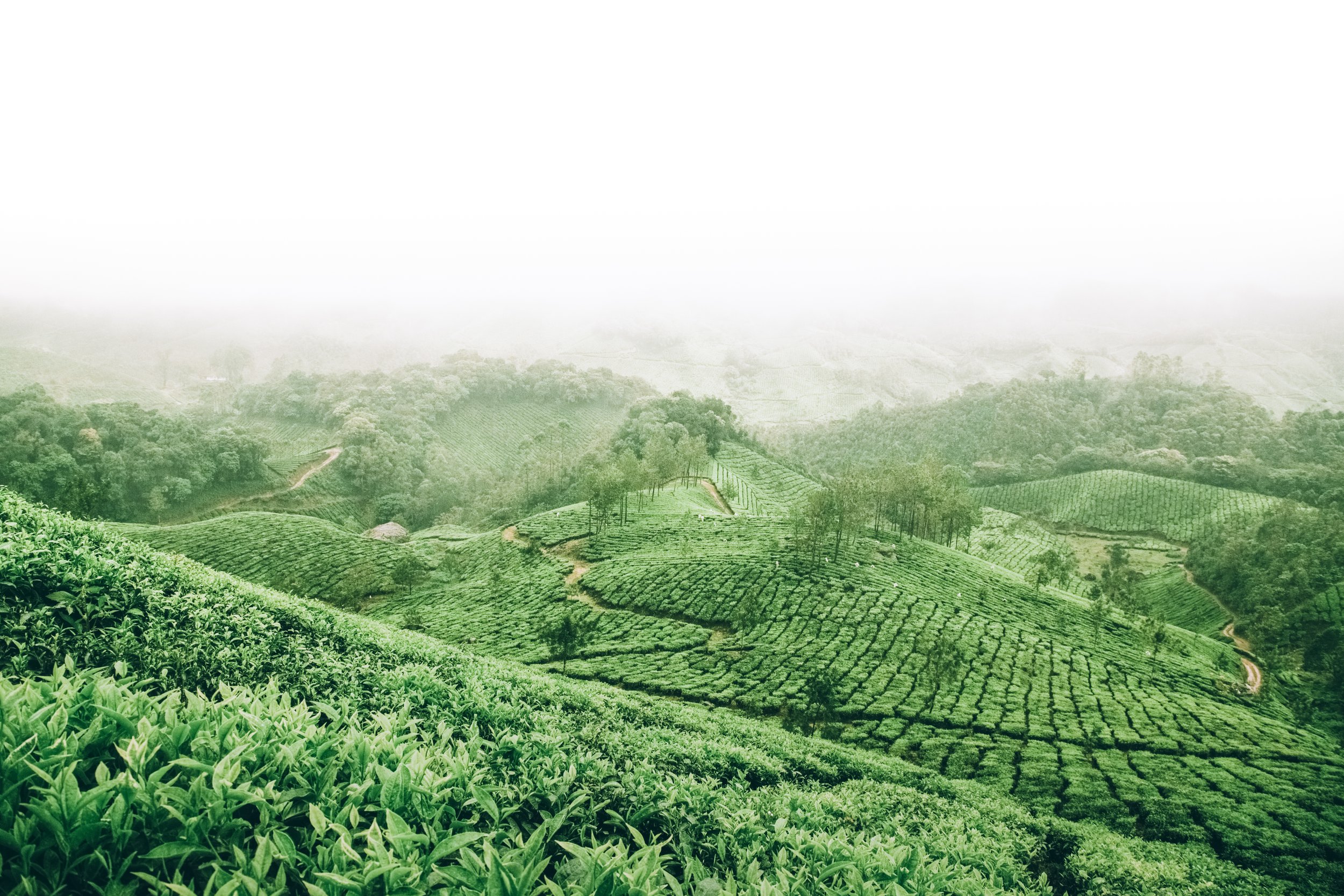Ethiopia
Ethiopia
From the anthropological beginnings of mankind to the deep-rooted heritage of the ancient Christian Orthodox faith, and the tribal heart of the Lower Omo Valley, Ethiopia is a land of dramatic natural beauty and compelling history waiting to reveal itself to those in search of an exhilarating adventure.
Ethiopia holds a rich cultural heritage and incredible diversity both in its people and its landscapes. As the only African nation not to succumb to Europe’s colonial quests, Ethiopia’s customs and traditions have remained very much intact throughout the ages, free from influences and synchretisms.
As if traveling within the pages of the Old Testament, Ethiopia's North is a fascinating fable of isolated monasteries, medieval castles and rock hewn churches that guard the oldest form of Christianity in the world, still fervently practiced to this day by noble white-robbed pilgrims across the mountainous land of Lalibela, Lake Take and Tigray.
The natural beauty and wildlife of Ethiopia’s rugged highlands is safeguarded by two national parks within the verdant Simien and Bale Mountain ranges, home to endemic species such as the Walia Ibex and Gelada Baboons— and ideal locations for adventurous treks. Equally captivating and diverse, the lowlands of Ethiopia boast incredible diversity within the rolling landscapes of the Great Rift Valley, the otherworldly plains of the Danakil Depression—the lowest and hottest point on earth—and the vast expanse of the thriving Omo Delta.
Often referred to as the ‘cradle of mankind,’ the Omo Valley remains one of the most ethnically diverse pockets in the world, as well as a land of invaluable anthropological remains that attest to the historical beginnings of humanity. The Omo Basin is home to over 40 ancient tribal communities, each with their own distinctive customs and beliefs, such as the Hamer, revered for their body decorating traditions, the crocodile-hunting Dassenech, or the mysterious lip-plated Mursi.
Contemporary Ethiopia is no less vibrant, with a palpating coffee culture, exciting culinary scene and distinct urban jazz movement that beats to the rhythm of its people and heritage.
Lalibela
For Ethiopian Orthodox Christians, Lalibela is one of the holiest and most important pilgrimage sites in the country; For the rest of us, it is one of the most fascinating wonders of the world. The eleven churches carved from single monolith stone are a true feat of architecture and human ingenuity. Their construction dates back to the 13th century, ordered by Saint Gebre Mesqel Lalibela in pursuit to create a ‘New Jerusalem’ after the capture of the Holy Land in 1877. The majority of these UNESCO-status churches remain in use today, frequented by devotees for religious masses and celebrations.
Bahir Dar
Bahir Dar is a peaceful port on the shores of glistening Lake Tana, favoured by many locals—namely emperor Haile Selassie, who had his summer palace here—for its pleasant weather and natural surroundings. Hidden within the lake are several island monasteries and churches dating back to the middle ages. Ura Kidane Mehret and Debre Mariam house some of Ethiopia’s most notable religious manuscripts and frescoes. Bahir Dar is also the gateway to the Blue Nile Falls, where four different streams from the Blue Nile river converge into a scenic 45-meter cascade.
Tigray & Axum
The region of Tigray is a vast rugged land dotted with historic settlements such as Axum, one of the oldest continuously inhabited places in Africa. Said to be founded by the great, great grandson of Moses, Axum is the cradle of Ethiopia’s 3000 year-old civilization, where—according to the legend—the original Ark of the Covenant is kept. Further east are the towering mountains of Gheralta, which house numerous ancient rock-hewn churches, some of them predating those of Lalibela. The most fascinating and majestic remains Abuna Yemata Guh, perched at an altitude of 2580 meters and only accessible by foot through a series of vertiginous climbing trails.
Simien Mountains
The most dramatic scenery of the Ethiopian highlands is found, without question, in the Simien Mountains. The characteristic jagged peaks—or ambas— are a result of millenary volcanic activity and erosion over hundreds of years. The Simien Mountains are home to several rare endemic species such as the Walia Ibex, the Abyssinia Wolf or the Gelada Baboon as well as traditional herding and farming communities. The intense natural beauty of its craggy peaks, deep ravines, and plunging cliffs set the tone for awe-inspiring trekking opportunities and wildlife watching.
The Omo Valley
Often referred to as the ‘cradle of mankind,’ the Omo Valley remains one of the most ethnically diverse pockets in the world, as well as a land of invaluable anthropological remains that attest to the historical beginnings of humanity. The Omo Basin is home to over 40 ancient tribal communities, each with their own distinctive customs and beliefs, such as the Hamer, revered for their body decorating traditions, the crocodile-hunting Dassenech, or the mysterious lip-plated Mursi.
The Rift Valley
Ethiopia’s Rift Valley is part of the Great Rift Valley that runs from Syria to Mozambique, forming a series of geographical trenches and faults. In Ethiopia, the rift region is marked by a string of seven lakes, boasting diverse thriving ecosystems that give life to countless bird species, as well as hippos, columbus monkeys, zebras, antelopes and flamingoes.
Addis Ababa
At the crisp foothills of Mount Entoto sits Addis Ababa—the sprawling capital of Ethiopia and political capital of Africa. As such, Addis is a lively yet sometimes chaotic city where ancient Orthodox Churches and dingy museums live side by side contrastingly modern high rises. Addis is also home to Mercato, the largest market in Africa, where one can find and try just about anything under the sun. For most travelers, Addis Ababa will be that unavoidable layover between exciting destinations, yet its delicious eateries and lively Ethiopian jazz scene might just charm you.
The Danakil Depression
Situated in the Afar Triangle that borders Eritrea and Djibouti, the Danakil Depression is one of the lowest points on Earth. This other-worldly phenomenon is a result of the movement between tectonic plates, where geological instability gives way to volcanic activity, boiling geysers, sulphuric springs and extensive salt plains. Although it’s considered one of the most inhospitable places on Earth—temperatures can easily go up to 50°C and there is virtually no rainfall—the Danakil Desert is home to the nomadic Afar people, who’s challenging way of life and resilient nature can be nothing but admired.
There’s a mistaken perception that Ethiopia’s climate is hot, dry and barren. In reality, its geographical position in the Horn of Africa and varied topography sees Ethiopia fall under the subtropical and tropical areas of East Africa, marked by distinctive dry (September - March) and wet (July - September) seasons. For an all-encompassing journey, the best time to travel in Ethiopia is during the dry months, where temperatures and weather remain pleasant throughout the northern highlands and the southern tropical lowlands of the Omo Valley.
CLIMATE
Region Dependent
WHEN TO GO
October - March
TIMEFRAME
6+ Nights
VISA REQUIREMENTS
On Arrival
LANGUAGE
Amharic
CURRENCY
Ethiopian Birr
Inspire your Journey
As if traveling within the pages of the Old Testament, Ethiopia's North is a fascinating fable of isolated monasteries, medieval castles and rock-hewn churches that guard the oldest form of Christianity in the world, still fervently practiced to this day by noble white-robbed pilgrims across the mountains of Lalibela, Bahir Dar and Tigray.
A journey through Ethiopia’s North is both an exciting adventure and an immersive cultural experience. Unlike anywhere else in the world, ancient treasures such as Noah’s Ark of the Covenant in Axum, the monastic frescoes of Lake Tana, or Lalibela’s marvellous rock-hewn churches are not sealed off for conservation; instead, they call to be discovered first-hand, walking within their millenary walls hand-in-hand with Ethiopian devotees, and witnessing the emotion of their faith in inspiring religious gatherings.
Africa’s ‘last unchartered frontier,’ the Omo Valley has become one of Ethiopia’s most popular destinations. The region of the Omo Delta however, can only be accessed by boat and its geographical remoteness—an area of islands and marshes—has served as a protective shield for vulnerable tribal culture and important archaeological sites.
Situated on the Eastern banks of the Omo River, Lale’s Camp offers the perfect base from which to explore the pristine natural ecosystem of the Omo Basin and engage with different tribes. Daily excursions will take you through dense forests and riverines filled with wildlife, as well as intimate encounters with the Mursi, Kara, Hamer and Dassenech tribes. End each day of exploration with a relaxing open-air dinner under the tribal sky, followed by a comfortable night’s sleep to the sounds of nature.
Ethiopia’s dramatic landscapes can sometimes make it challenging to reach all its wonderful and more remote areas, especially for the time constrained. Traveling by helicopter not only provides a unique point of view on Ethiopia’s best-known sites, it also opens the door to otherwise inaccessible locations, such as the volcanoes of the Danakil Depression (where traveling by road takes up to 5 days), or the rock-hewn churches perched high in the canyons of Tigray.
Exploring Ethiopia by helicopter can significantly cut back on travel time between locations and enhance the level of comfort while enhancing the overall experience; the breathtaking scenery witnessed during each flight will also become central part of an unforgettable journey across the highest peaks of the Simien mountains, the deep river basins of the Omo Delta, or the dramatic scenery of the Afar region.
In a country defined by heritage and tradition, the act of eating and preparing a meal becomes a social ritual that brings people together. Ethiopian cuisine is elaborate and diverse, influenced by the ancient Abrahamic traditions of Judaism, Christianity and Islam, and based entirely around native spices and products. Colourful and hearty stews are at the staple of Ethiopian cuisine, served on top of a large Injera base that is shared and eaten by hand.
As the birthplace of coffee, the most important culinary ritual however, is ‘Jebena Bunna’—the coffee ceremony—which is practiced everyday in the same ceremonial manner as it was done since the elaboration of coffee in the 9th century. Following the aromas of Ethiopian cuisine is a fascinating and savoury way to delve into the history of this ancient land, dive into culture and traditions, and engage with locals in a memorable way.
Start Planning
Our dedicated team of travel experts is ready to help you tailor this journey to your exact preferences and needs.
EXTEND YOUR JOURNEY

















